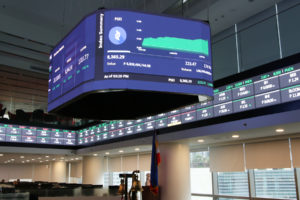The Philippine banking sector remains sound, stable and supportive of the financing requirements of the recovering economy, despite the country having gone through its sharpest contraction in recorded history last year due to the pandemic.
Thus said Bangko Sentral ng Pilipinas (BSP) Governor Benjamin Diokno who noted that, even after absorbing the full impact of the COVID-19 public health crisis, local banks remained capitalized well above the 10 percent minimum requirement of the regulator and the 8 percent international standard.
Most importantly, the central bank chief told The Asset Magazine’s 16th Philippine Summit conducted online that lending activity had turned a corner as it grew 1.3 percent in August from a year ago—the first expansion following eight successive months of declines starting December 2020—while the system-wide nonperforming loan ratio remained “manageable.”
In his speech, Diokno also expressed confidence in the Philippines’ economic recovery.
“A year and a half since the pandemic, we are getting back on our feet,” he said. “We have learned to live with the virus better with the government shifting to a risk-based approach to mobility restrictions. This strategic shift has resulted in better economic and health outcomes.”
The governor added that the 11.8 percent gross domestic product growth in the second quarter of this year was due to more than just base effect but also “reflects the impact of the fiscal and monetary policy support during the pandemic.” He said the growth was also aided by the calibrated imposition of mobility restrictions which enabled many businesses, including public transportation, to continue operations.



